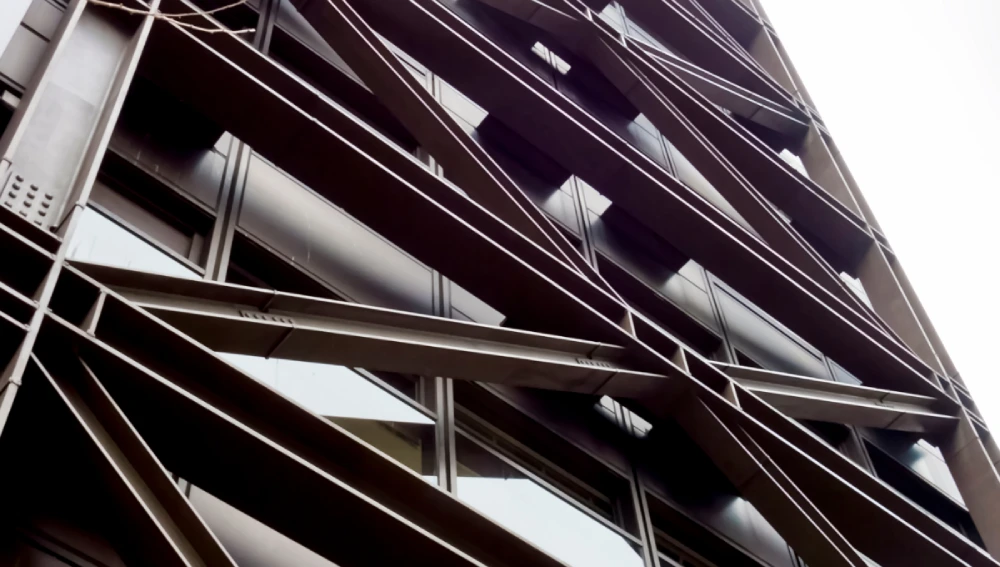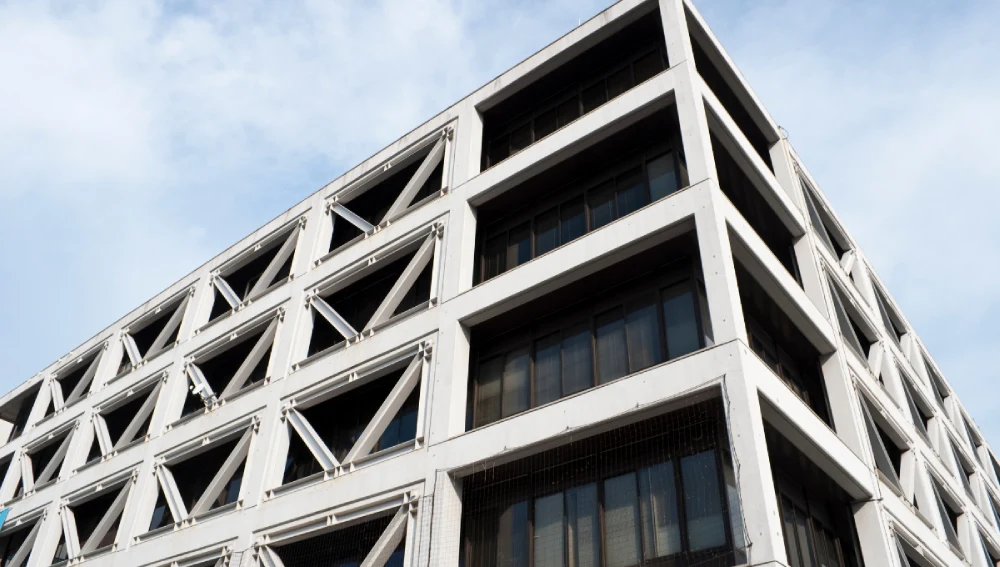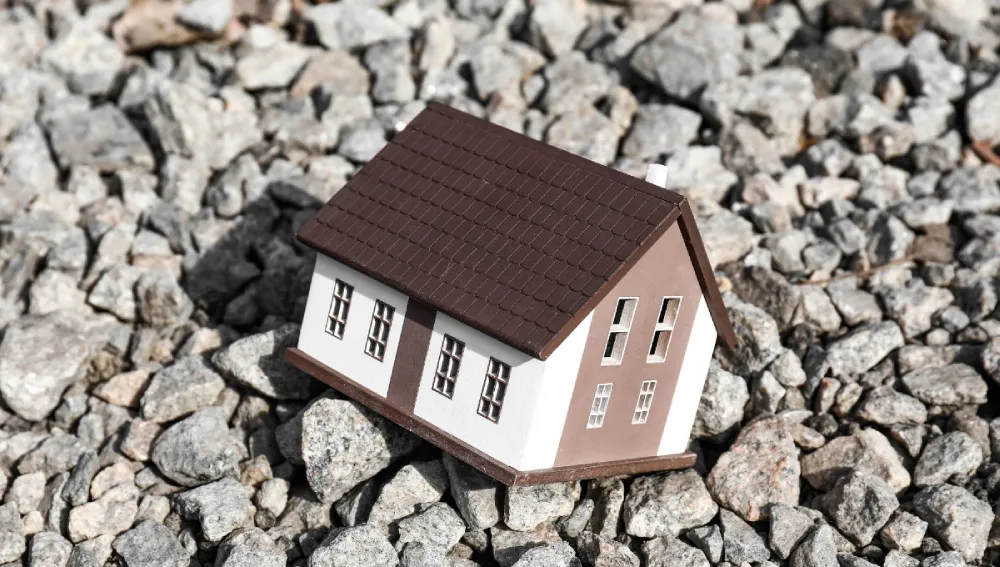Earthquakes are powerful natural disasters, and one cannot build a completely earthquake-proof building. However, earthquake-resistant buildings are completely possible. Earthquake-resistant buildings are built with the goal of maximizing life safety, minimizing damage, and maintaining functionality. Though there are multiple hacks available to make your building earthquake-resistant, this article highlights five fundamental steps that are highly recommended to build buildings earthquake-resistant.
Five Fundamental Steps to Make Your Building Earthquake-Resistant

The following factors will make your building super earthquake-resistant:
- Solid foundation
- Structural reinforcement
- Non-structural component reinforcement
- Flexible utility lines
- Seismic dampers
Solid Foundation
A solid foundation ensures that the forces of an earthquake are distributed evenly throughout the building and no cracks or structural failure occur, resulting in the collapse of the building.
How to Lay a Strong Foundation:
- Choose an ideal site for your buildings. Locations with good bedrock provide firm soil conditions.
- Employ grouting or other soil compaction techniques to harden loose or sandy soil in your building site.
- Build a deep foundation using piling techniques like driving steel or concrete piles into the ground. This will help the foundation to carry the building’s weight more stably.
Structural Reinforcement
The structure of the building must be built in a way to absorb and dissipate the forces of the earthquake. This will prevent the building from crumbling.
How to Reinforce the Building’s Structure:
- Use Reinforced Concrete: Concrete is weak with tension. Reinforcing the concrete using steel rebar embedding, known as Reinforced Cement Concrete (RCC), allows the building to bend slightly but prevents the building from cracking during an earthquake.
- Use Structural Steel: Structural steel can provide a higher protection than concrete as it is very strong and ductile and would make a good earth-quake resistant component.
- Placement of Shear Walls: Shear walls are made of thick reinforced concrete and placed strategically to resist the lateral forces of an earthquake.
- Using Braced Frames: Braced frames are structures with diagonal braces and are made of steel or concrete. They act as trusses and hold the building, offering stability and preventing excessive lateral movement.
- Using Diaphragms: Diaphragms are rigid horizontal elements like floors and roofs that prevent the earthquake forces from concentrating only on vertical structures like walls and roofs. They help distribute the earthquake forces to be distributed evenly throughout the building structure.
Non-Structural Component Reinforcement
Just as focusing on the building’s structure is important, it is equally important to focus on non-structural components of the building, like shelves, cabinets, furniture, light fixtures, and others. During an earthquake, unsecured furniture, things on the shelves, appliances, and others might fall and cause injury, cause accidents, and even block doorways.
How to Reinforce Non-Structural Components of the Building:
You can prevent the non-structural components from falling or crashing during an earthquake by:
- Anchoring furniture, shelves, and cabinets to walls with essential anchoring components.
- Strapping water heaters, microwave ovens, and other electrical appliances to the walls using appropriate strapping elements.
Flexible Utility Lines
Utility lines for drinking water, drainage, and electricity also get exposed to the forces of an earthquake and may get damaged. Using flexible pipelines can help prevent the lines from rupturing and minimize the risk of fires or leakages.
How to Employ Flexible Utility Lines:
You can use braided metal hoses or reinforced plastic for water lines For wiring you can use flexible electrical conduits.

Seismic Dampers
Seismic dampers are exclusively designed to protect buildings and their occupants from earthquakes. They absorb the shock due to the earthquakes and dissipate them.
How to Employ Seismic Dampers:
There are two kinds of seismic dampers available:
- Hydraulic Dampers: They are pressurized oil that moves through the structure, absorbs the earthquake’s energy, generates heat, and prevents the seismic movement from directly affecting the building.
- Viscous Dampers: They are special fluids that absorb that absorb the energy of the earthquake tremors and reduce the shaking of the building.
Conclusion
As the saying goes, “Prevention is better than cure.” Building your building earthquake-resistant is indeed a wiser initiative. In addition to implementing the steps mentioned above, regular maintenance of the building can help you identify and take any preventive measures before an earthquake.
Also, consult a qualified structural engineer to assess the condition of your building and take the necessary measures to make your building earthquake-safe.

